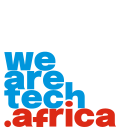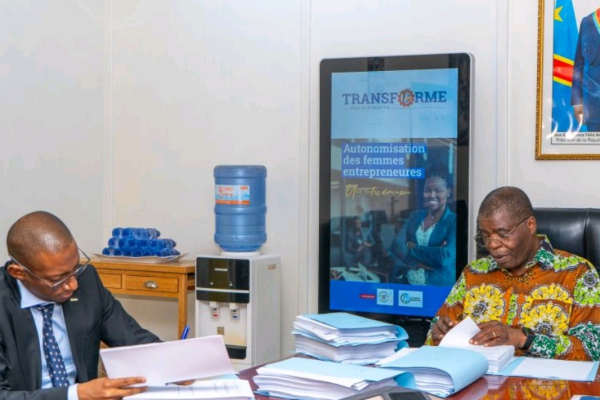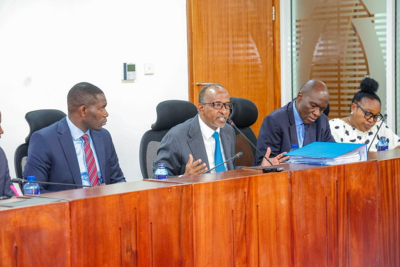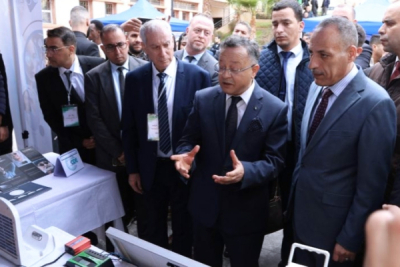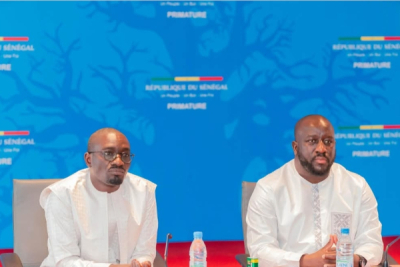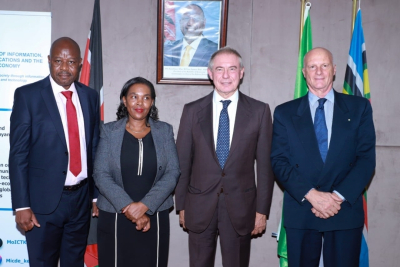The Congolese government wants to accelerate financial inclusion by facilitating access to financial services for all segments of the population. To achieve this, it is relying on digital technologies.
The Democratic Republic of Congo (DRC) is moving to digitize its microfinance sector to accelerate financial inclusion. To this end, it awarded on Friday, February 14, a contract to a consortium comprising PAYCODE FINTECH Congo, BANKTECH Software Services, and Hong Kong Top Wise Communications.
Funded by the government and the World Bank, the initiative involves providing 10,000 electronic payment terminals (EPTs) to microfinance institutions (MFIs) and savings and credit cooperatives (COOPECs). This will enable these institutions to connect to the national electronic payment system of the Central Bank of Congo.
The initiative is part of the Transforme Project, which aims to empower women entrepreneurs and upgrade small and medium-sized enterprises (SMEs) for economic transformation and job creation. According to the National Financial Inclusion Strategy 2023-2028, the financial inclusion rate in the DRC stood at 38.5% at the end of 2022. The Congolese government aims to increase this rate to 65% by 2028.
Microfinance institutions and savings and credit cooperatives are expected to play a key role in achieving this goal. By the end of 2022, the DRC had 78 COOPECs and 15 MFIs. These two types of institutions accounted for 86.1% of the country’s credit establishments (108 total) and 32.4% of all financial institutions (287). Additionally, the credit portfolio grew by 21% in 2022, reaching $283.5 million, up from $234.3 million in 2021 and $168 million in 2020. Savings mobilization increased from $256.97 million in 2020 to $333.76 million in 2022, a growth of approximately 30%.
The effective use of the distributed terminals by microfinance institutions and savings and credit cooperatives will be crucial for adoption. The National Financial Inclusion Strategy highlights that their geographic coverage remains uneven. Kinshasa, North Kivu, and South Kivu provinces alone account for nearly 70% of these institutions.
"Despite their higher number compared to banks, microfinance institutions have fewer operational branches (186) than banks (445) and represent only a small share of the financial sector’s assets, around 3%," the strategy document states.
Isaac K. Kassouwi
Edité par Sèna D. B. de Sodji
